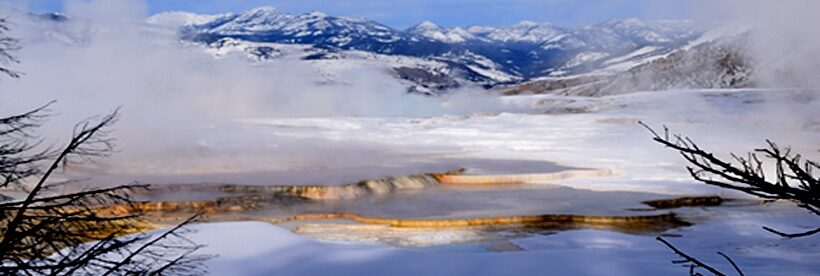
I am currently part of a project focusing on western USA regional Cenozoic unconformities. We presented some of our results at the 2023 Geological Society of America (GSA Connects 2023) meeting held in Pittsburgh, PA 10/15-18, 2023, but I thought I’d post a brief recap of our presentation below.
Our study area lies within western Montana. The locations of the sampled tuffs associated with Cenozoic southwestern Montana sequence boundaries are circled in the map figure below. The newly acquired 40Ar/39Ar radioisotopic sanidine ages for the sampled tuffs are listed below (in descending age order) in association with their sequence boundary number and their sequence base or top location:


S5B – 2.075 Ma
S3Tb – 15.65 Ma
S3Ta – 16.50 Ma
S3B – 26.48 Ma
S2T – 31.18 Ma
S2Bb – 39.27 Ma
S2Ba – 39.31 Ma
S1Bb – 49.27 Ma
S1Ba – 49.84 Ma
S= Sequence
1, 2, 3, 5 = Sequence Number
(see Sequence Diagram below)
T = Sequence Top
B = Sequence Base
GSA 2023 Abstract Presentation: Regional unconformities initially identified in Cenozoic continental strata of western Montana have been traced in North America from the Great Plains to the Pacific Northwest. The regional unconformities delineate five informal unconformity-bounded sequences in southwest Montana where vertebrate fossil assemblages from strata occurring within several meters above or below the unconformities were used to constrain their age. The five sequences are distinct in age from each other and are all time transgressive because of timing differences in areal tectonism, volcanism, and associated basin-filling events. Newly acquired 40Ar/39Ar radioisotopic sanidine ages of Cenozoic tuffs from western Montana provide precise age constraints for many of the sequence-bounding surfaces. These new ages come from tuffs that occur stratigraphically within one to two meters of sequence-bounding unconformities, with some tuffs within paleosols that delineate sequence bounding surfaces. Locations of dated tuffs are geographically diverse allowing for local timing variations in deposition, thus providing a detailed geochronologic framework for regional hiatuses and sequence-bounding unconformities. In ascending order, sequences and their associated ages are as follows. Sequence 1 contains Bridgerian-Uintan (approximately 50 to 44 Ma) vertebrate assemblages; basal tuffs are 49.84 + 0.04 Ma to 49.27 + 0.05 Ma in age and support the previously determined vertebrate age data for a maximum sequence age. Sequence 2 encompasses Duchesnean to Whitneyan (approximately 42 to 30 Ma) vertebrate assemblages; basal tuffs with ages of 39. 31 + 0.04 Ma and 39.27 + 0.04 Ma in age and a 31.18 + 0.09 Ma tuff near the top bounding surface agree with vertebrate data for both bounding surfaces. Sequence 3 contains Arikareean (approximately 27 to 21 Ma) vertebrates; a basal tuff of 26.48 + 0.22 Ma in age supports the maximum sequence age; dated ashes of 16.50 + 0.20 Ma and 15.65 + 0.06 Ma extend the sequence’s minimum bounding surface age by about 6 million years. Sequence 4 is approximately Barstovian to Blancan (approximately 15 to 4 Ma) in age based only upon fossil vertebrates. Sequence 5 has a maximum age based on Irvingtonian fauna (approximately 1.9 Ma) but is now more precisely defined by a basal welded tuff of a 2.075 + 0.01 Ma at the sequence’s base.

